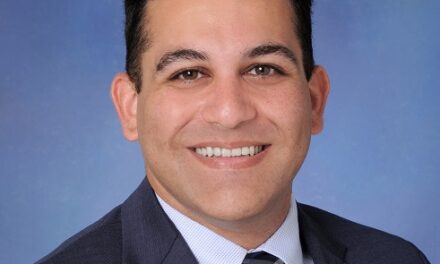New research shows that a wearable remote patient monitoring device can help detect clinical deterioration among patients in the hospital
July 13, 2022 – A study published in JMIR Formative Research showed that regular use of remote patient monitoring (RPM) at a hospital could assist in identifying patients that are at risk of deterioration, particularly those admitted to general wards.
The study was conducted at Israel-based Sheba Medical Center, one of the largest healthcare centers in the Middle East. Inclusive of various hospitals dedicated to general, maternal, pediatric, and rehabilitative care, Sheba aims to use technology to treat severe medical conditions.
According to previous research, patients residing in ward environments often experience clinical deterioration. Using a prospective observational study design, researchers aimed to determine whether a wearable RPM device can effectively identify these patients.
The final analysis included 217 patients with a median age of 71, of whom 59.9 percent were male. At the time, all participants in the study were residing in two general wards of Sheba’s tertiary medical center.
After equipping each patient with the wearable RPM device, researchers determined three different scores for each patient. The scores were the National Early Warning Score (NEWS), the Airway, Breathing, Circulation, Neurology, and Other (ABCNO) score, and a “wish list” score that used deterioration criteria defined by the clinical team.
These scores were calculated every five minutes using data collected by the wearable RPM device.
In total, researchers confirmed clinical deterioration in 24 patients. Of these 24 patients, the NEWS score detected high alert in 16, ABCNO in 18, and “wish list” score for all 24. The speed at which the wearable device detected clinical deterioration was between 29 and 40 hours faster than standard monitoring methods.
“This study shows that disruptive telehealth can provide viable alternatives to clinical deterioration detection by medical staff. The output signals from remote monitoring can be equivalent to medical-grade ICU monitoring and that opens up the horizon for home hospitalization of true patients, aligning with Sheba Beyond’s vision of supporting the global transition to telemedicine,” said Gad Segal, head of internal telemedicine at Sheba Medical Center and principal investigator of the study, in a press release.
Using RPM devices and novel models to identify clinical deterioration is becoming a more common practice.
A study published in February explained how the application of various linear models helped identify the relationship between clinical deterioration and the initial five days of hospitalization. The models were based on nine different clinical and personal variables.
As published in American Friends of Sheba Medical Center on July 13, 2022
Also Published July 8 2022, mHealth Intelligence




























